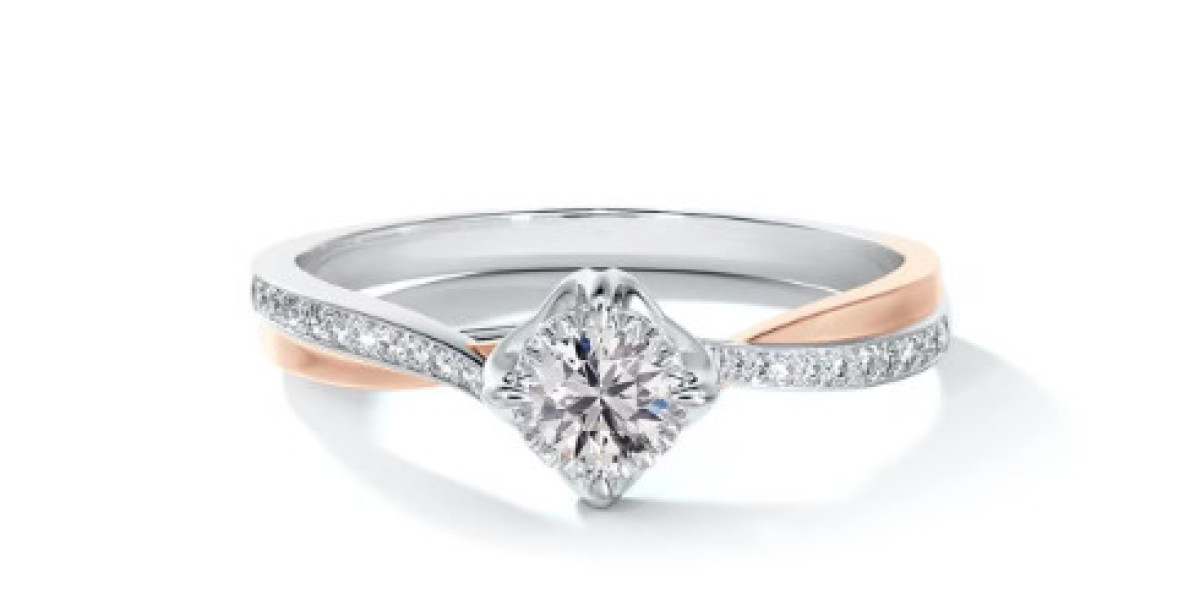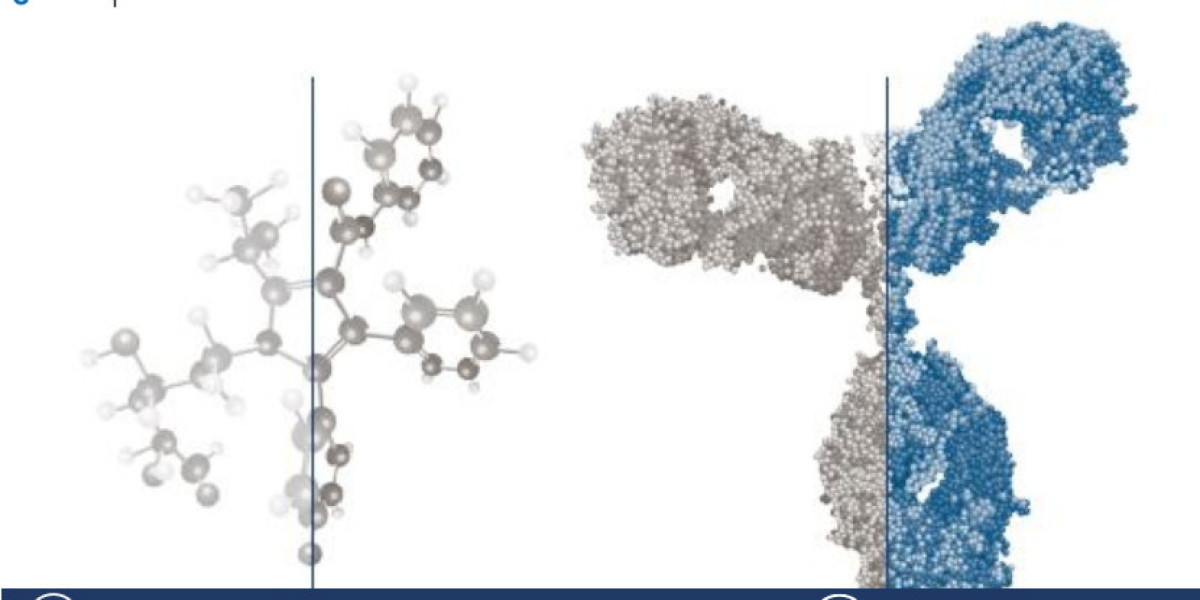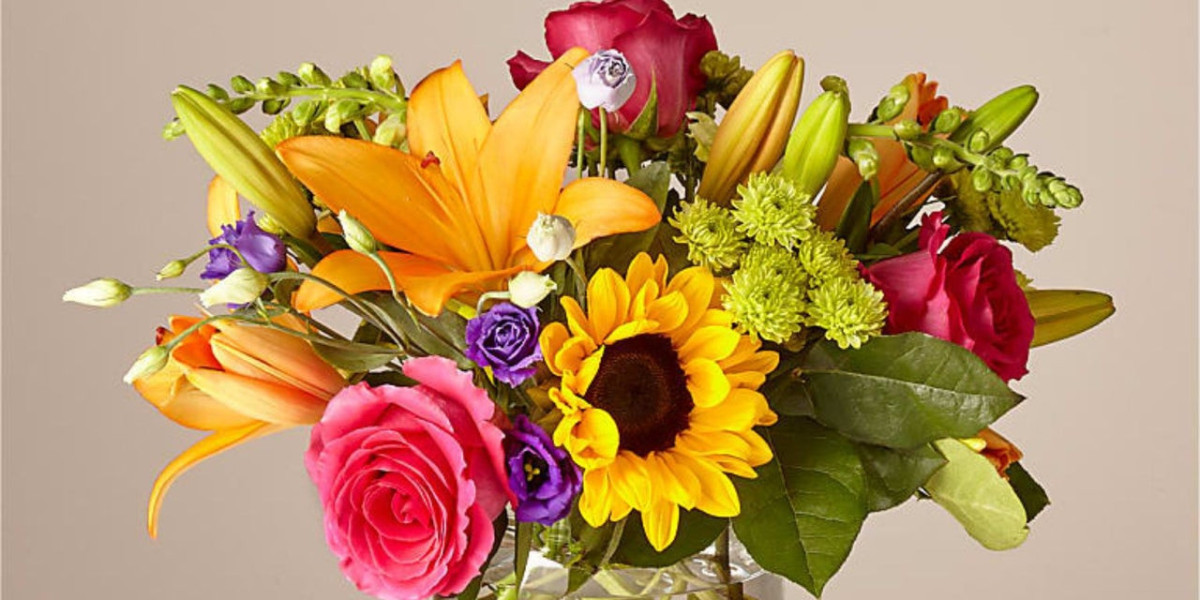Diamond engagement rings have long been regarded as the ultimate symbol of love and commitment. Their brilliance and beauty capture the essence of a relationship destined to last a lifetime. This article explores the history, significance, design variations, and the process of selecting the perfect diamond engagement ring, providing valuable insights for those embarking on this memorable journey.
The History and Significance of Diamond Engagement Rings
The tradition of giving engagement rings dates back to ancient Rome, where couples would exchange rings made of iron to signify their mutual love and agreement to marry. However, it wasn't until the 15th century that diamonds became associated with engagement rings. The first recorded use of a diamond engagement rings was in 1477, when Archduke Maximilian of Austria presented a diamond ring to Mary of Burgundy, setting a precedent for aristocracy and nobility.
The popularity of diamond engagement rings surged in the 20th century, thanks in large part to an effective advertising campaign by De Beers. The company's slogan, "A Diamond is Forever," launched in 1947, resonated deeply with the public, cementing the diamond's status as the premier choice for engagement rings. The idea that diamonds symbolize eternal love and commitment became widely accepted, making them the quintessential stone for engagements.
The 4 Cs: A Guide to Choosing the Perfect Diamond
When selecting a diamond engagement ring, it is essential to understand the "4 Cs": Carat, Cut, Color, and Clarity. These factors determine the quality and value of a diamond.
1. Carat
Carat refers to the weight of the diamond. One carat is equivalent to 200 milligrams. While larger diamonds are often more expensive, the carat weight should be balanced with the other three Cs to find the best value and appearance.
2. Cut
The cut of a diamond affects its brilliance and sparkle. A well-cut diamond reflects light beautifully, enhancing its overall appearance. The cut is graded from Excellent to Poor, with Excellent and Very Good cuts offering the most brilliance.
3. Color
Diamonds come in various colors, but the most prized are those that are colorless. The color grading scale ranges from D (colorless) to Z (light yellow or brown). Colorless diamonds (D-F) are the most sought after, but near-colorless diamonds (G-J) can also offer great value with minimal visible color.
4. Clarity
Clarity measures the presence of internal or external imperfections, known as inclusions and blemishes. The clarity scale ranges from Flawless (no inclusions or blemishes visible under 10x magnification) to Included (inclusions visible to the naked eye). While flawless diamonds are rare and expensive, diamonds with slight inclusions (VS1-VS2) can be excellent choices that appear perfect to the naked eye.
Popular Diamond Engagement Ring Styles
Diamond engagement rings come in a variety of styles, each offering a unique aesthetic. Here are some of the most popular designs:
1. Solitaire
The solitaire is a classic and timeless style featuring a single diamond as the centerpiece. This design emphasizes the diamond's beauty and brilliance, making it a popular choice for many.
2. Halo
A halo ring features a central diamond surrounded by smaller diamonds, creating a stunning, radiant effect. This design can make the center diamond appear larger and more brilliant.
3. Three-Stone
Three-stone rings symbolize the past, present, and future of a relationship. They typically feature a larger central diamond flanked by two smaller diamonds, offering a sophisticated and meaningful design.
4. Vintage
Vintage-style rings draw inspiration from different historical eras, such as the Victorian, Edwardian, and Art Deco periods. These rings often feature intricate details, such as milgrain edges, filigree work, and unique diamond cuts, giving them a timeless and romantic appeal.
5. Pavé
Pavé rings are adorned with small diamonds set closely together along the band, creating a continuous sparkle. This style adds extra brilliance and can make the ring appear more luxurious.
Ethical Considerations: Choosing a Conflict-Free Diamond
In recent years, there has been growing awareness about the ethical implications of diamond mining. Conflict diamonds, also known as blood diamonds, are diamonds mined in war zones and sold to finance armed conflict against governments. To address these concerns, the Kimberley Process Certification Scheme (KPCS) was established in 2003 to ensure that diamonds are sourced ethically and free from conflict.
When purchasing a diamond engagement ring, it's essential to ask for certification that guarantees the diamond's ethical origin. Many jewelers now offer conflict-free diamonds or lab-grown diamonds, which provide a sustainable and ethical alternative without compromising on beauty or quality.
The Process of Purchasing a Diamond Engagement Ring
Buying a diamond engagement ring is a significant investment, both financially and emotionally. Here are some steps to guide you through the process:
1. Set a Budget
Determine how much you are willing to spend on the ring. This will help narrow down your options and ensure you find a ring that fits within your financial means.
2. Research and Educate Yourself
Familiarize yourself with the 4 Cs and different ring styles. This knowledge will empower you to make an informed decision and communicate effectively with jewelers.
3. Choose a Reputable Jeweler
Select a jeweler known for their quality, craftsmanship, and ethical practices. Read reviews, ask for recommendations, and consider visiting multiple stores to compare options.
4. Inspect the Diamond
Examine the diamond closely, preferably with a loupe or magnifying glass. Check for any visible inclusions, color, and how well the diamond reflects light.
5. Consider Certification
Ensure the diamond comes with a grading report from a reputable gemological laboratory, such as the Gemological Institute of America (GIA) or the American Gem Society (AGS). This certification provides an unbiased assessment of the diamond's quality.
6. Customization and Personalization
Many jewelers offer customization options, allowing you to create a unique ring that reflects your partner's personality and style. Consider engraving a special message or choosing a unique setting to add a personal touch.
Conclusion
Diamond engagement rings are more than just beautiful pieces of jewelry; they are symbols of love, commitment, and the promise of a shared future. Understanding the history, significance, and intricacies of choosing the perfect diamond ring can help make this important decision more meaningful and memorable. By considering the 4 Cs, exploring different styles, and ensuring ethical sourcing, you can find a diamond engagement ring that perfectly represents your unique love story.








